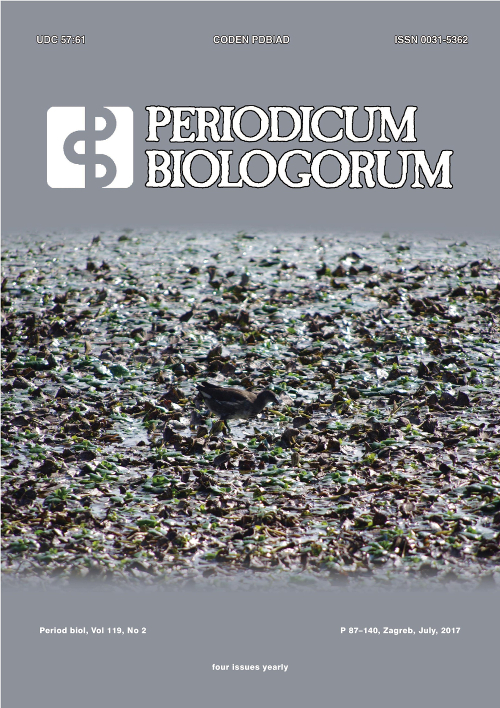Sex-related Differences in Correlation of Overweight/Obesity Markers to Blood Pressure in Prepubertal Children in Osijek-Baranja County - a Cross-sectional Study
DOI:
https://doi.org/10.18054/pb.v119i2.4498Abstract
Background: The aim was to assess prevalence of overweight/obesity and evaluate their relations to blood pressure and blood glucose concentrations in prepubertal school children.
Design and method: Third grade elementary school children were included (total 111-53 girls, 58 boys; 9±1 years). Height, weight, body mass index (BMI), waist circumference (WC), upper arm and thigh skin fold (ASF, TSF) and systolic (SBP) and diastolic blood pressure (DBP) and fasting blood glucose concentrations (fBGC) were measured.
Results: 13.51% subjects were overweight (BMI>85th percentile; 3 girls and 12 boys) and 15.32% subjects were obese (BMI>95th percentile;7 girls and 10 boys). Boys had significantly higher SBP than girls. Overweight/obese boys had significantly thicker ASF and TSF, higher SB, higher DBP (and higher fBGC compared to normal-weight boys; 5 boys and 4 girls were hypertensive (SBP>95th percentile). In boys, there were significant positive correlations of BMI and WC with SBP, DBP, ASF and TSF. Overweight/obese girls had significantly thicker ASF and TSF and greater WC compared to normal-weight girls. SBP, DBP or fBGC were not significantly different between OW/OB and normal-weight girls. In girls, BMI and WC significantly positively correlated with ASF and TSF, but no correlations to BP were observed. WC positively correlated to fBGC in both, boys and girls.
Conclusions: Significant association of OW/OB to arterial BP levels in prepubertal boys and a lack of associations among OW/OB markers and arterial BP levels in girls suggest that OW/OB might not be as important risk factors in development of hypertension in adulthood in females as in males.
Downloads
Additional Files
Published
Issue
Section
License
The contents of PERIODICUM BIOLOGORUM may be reproduced without permission provided that credit is given to the journal. It is the author’s responsibility to obtain permission to reproduce illustrations, tables, etc. from other publications.


